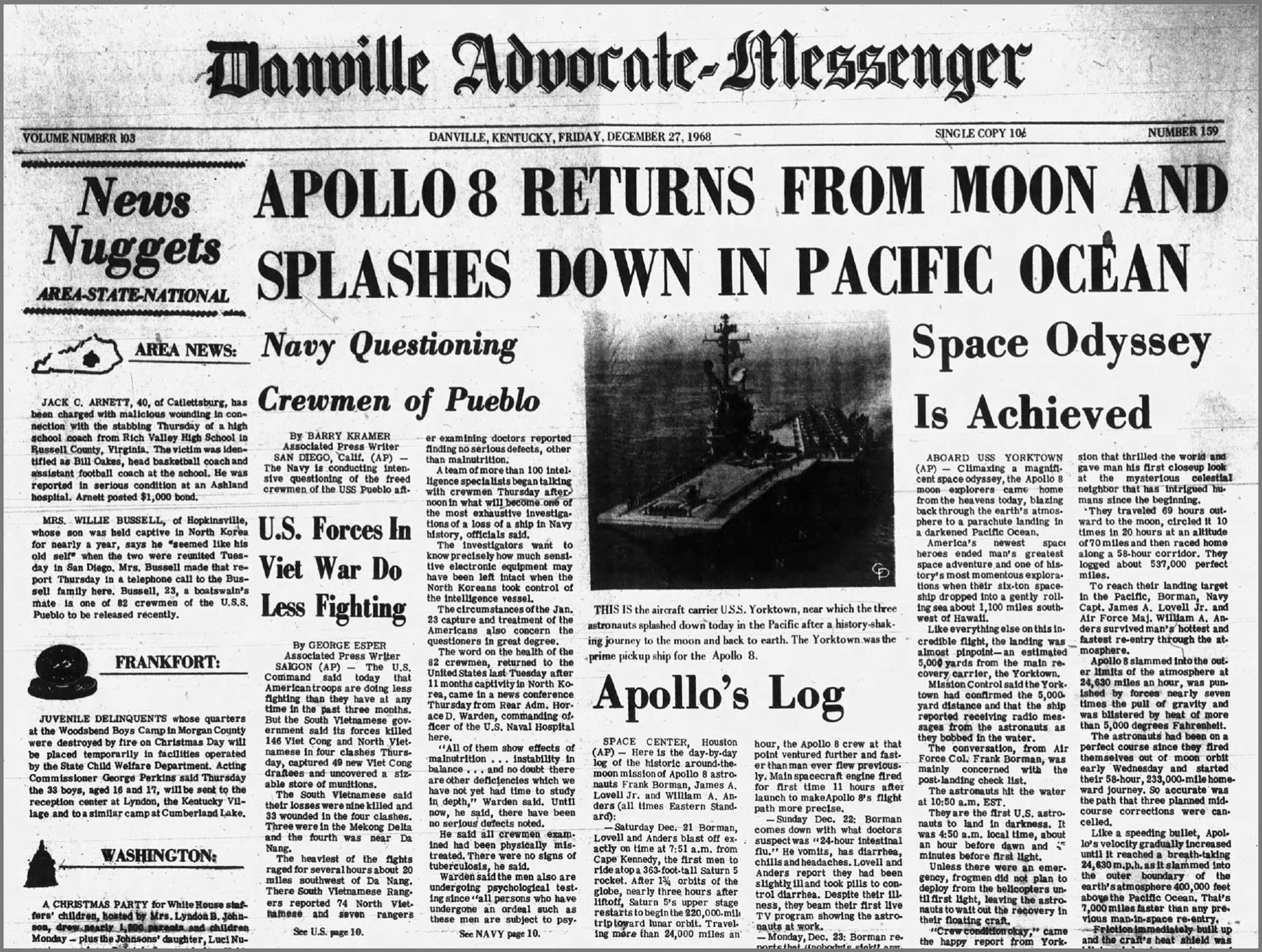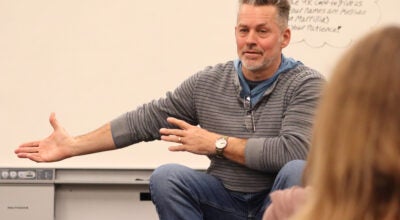Coffee with Mimi: It’s summertime, which means it’s time to read
Published 6:24 am Saturday, June 23, 2018
By MIMI BECKER
Contributing columnist
It is summertime. As a teacher and student for so much of my life, summertime was a chance to read whatever I pleased, no requirements or demands.
When our children were small, my summer reading lists were heavy on books to take to the pool while the kids were playing or at swim practice, or sitting on the patio supervising backyard games. I had several strategies for selection of reading material and a vast selection from which to choose.
My book selections for hot weather reading fell into two general categories: either very light or very long. Both strategies provided the opportunity to turn off the academic switch in my brain and spend my reading time pursuing educationally frivolous topics with a clear conscience. Book choices could be made without regard for taking notes on the theme, or the interrelationships of the characters to each other or to historical events. There was no professional reason to consider future lesson planning or class discussions. Summer selections were freely based on one primary criteria: I was not responsible for the contents on a long-term basis.
The public library was an excellent source for the very light and I had a ready supply of the very long from friends and family who would have read a book and passed it along for my reading pleasure at some time in history. The internet was not yet a tempting source for book shopping.
Books in the very light category often included “themed” series. I thoroughly enjoyed grazing the rows and rows of books at the public library. Sometimes, I had a suggestion from a friend and sometimes I was drawn in by the cover or the title. For example, I got hooked on a murder mystery set whose main character was a caterer. Each book in the series had a catchy title, which included a play on food words and, well, murder: “Fatally Flaky,” “The Whole Enchilada,” “The Cereal Murders,” and so forth.
When I landed on a series, I would often stick there until I had exhausted the published supply. Those selections had to be very quick reads as my attention span engaging in the format could be expended fairly soon.
I decided at one point that I should step up even my casual reading and expand my exposure to new authors. One summer, I devised a plan which was quite systematic and resulted in what eventually became a couple new obsessions. I started at the “A” shelves. I could choose an author with whom I was familiar and pick one book in that inventory. Then, I challenged myself to find a new author in the A’s. Again, I allowed myself only one selection.
When those two books were finished, I moved on to the B’s. I proceeded through the alphabet even past summer. About half way through the ABC’s — around K or L — the system was abandoned more due to time constraints than boredom or disappointment.
My very long reads could be interspersed at will. These selections, by their very nature as long, were not from the public library because it took me so long to get through them. I exceeded the limits for check out and renewal. One summer, I set out to enjoy a James Michener door stopper, Poland. Now, having actually been to Poland, I wish I had treated the work as more than a casual summer read. I would have appreciated the saga more. There were casualties within the long reads. I accidentally left a paperback Anna Karenina outside during a torrential downpour. It was never the same and I wasn’t all that enthralled with the choice in the first place. Maybe now, or maybe not.
Now, I am retired from teaching and the need to read responsibly and professionally.
all year is summertime. There are no selection rules. If I want to read every book by a single author, I can and will.
I discovered a series of historical fiction stories set in a quilt retreat. The author is in the C’s, but that no longer is an issue and I read to my heart’s content. Actually, I savor my summertime reads more as I no longer need to rush to cram them into the schedule before the school bell rings.
I am currently reading a biography of Queen Victoria’s five daughters. The convolutions of the lives and marriages and politics of the interminable Victorian era are surely historically significant. It is a long read; there were, after all, five daughters. Despite the tendency of the Europeans of the time to war over the smallest of borders and then attach the name of the losing side to the winning side resulting in countries that had four names, hyphenated, it is quite easy to get the point. And It isn’t necessary to remember all those hyphenated country names for any particular reason.
I was a reader as a young child. Reading was a way to learn and explore and to escape to places I would likely never visit.
Today, reading is, even more, a way to learn and explore. And escape.





